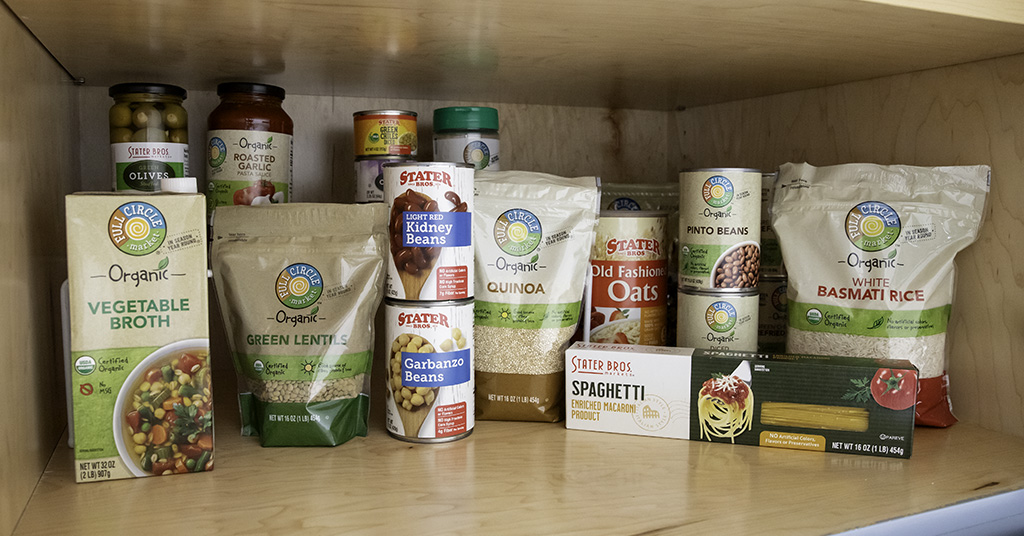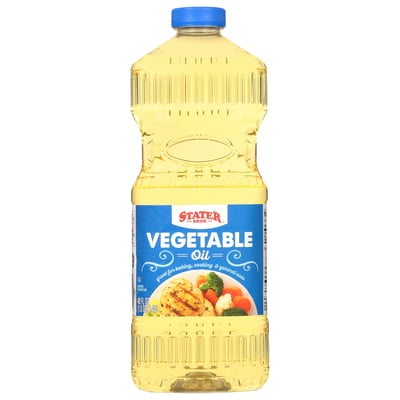Imagine having a culinary arsenal at your fingertips, ready to tackle any recipe that comes your way. With a well-stocked pantry, you can do just that. By carefully selecting a range of essential ingredients, you open the doors to a world of culinary possibilities, where one ingredient can be transformed into multiple mouthwatering dishes. Let’s delve into the art of creating a versatile pantry, exploring how a handful of key ingredients can be used in countless recipes. Get ready to embark on a journey of culinary exploration and never run out of inspiration again!
The Foundation of Flavor: Exploring Essential Pantry Ingredients
Step into the heart of a well-stocked pantry, where a world of culinary delights awaits. Among the treasures that line the shelves are essential pantry ingredients like onions, garlic, herbs, spices, oils, and more, ready to infuse your dishes with their irresistible flavors and enticing aromas.
Onions, Herbs, & Garlic
Onions add savory and sweet depth to soups, stews, stir-fries, and sauces, while garlic infuses its distinctive flavor when roasted, minced, or sautéed. Herbs like basil, thyme, and rosemary bring freshness, complexity, and balance to marinades and pasta sauces. These ingredients quietly enhance our meals, taking them from ordinary to extraordinary. Let’s celebrate these flavor foundations and recognize the significant influence they have on the world of cuisine.
Cooking Oils
Olive oil, with its smooth and fruity flavor, is a staple in many kitchens and works well for sautéing, roasting, and dressing salads. Vegetable oil, known for its neutral taste and high smoke point, is ideal for frying and baking. For a touch of nuttiness, sesame oil brings depth to stir-fries and Asian-inspired dishes. By keeping these simple yet essential cooking oils in your pantry, you’ll always have the tools to elevate your dishes and create culinary delights.
What's the difference between classic and virgin olive oil?
When it comes to olive oil, understanding the differences between classic, virgin, and extra virgin varieties is important for cooking and flavor profiles. Classic or regular olive oil, often labeled as just “olive oil,” is a blend of refined and virgin olive oils. It has a milder flavor and a higher smoke point, making it suitable for general cooking purposes like sautéing and frying.
Virgin olive oil is produced through a mechanical extraction process, without the use of chemicals or excessive heat. It retains more of the olive’s natural flavors and aromas compared to classic olive oil. Virgin olive oil is categorized into different grades based on acidity levels and taste profiles, such as “fine” or “extra fine.”
Extra virgin olive oil (EVOO) is the highest quality and most flavorful type of olive oil. It is made from the first pressing of olives and has the lowest acidity level among olive oils (usually below 0.8%). Extra virgin olive oil is prized for its robust flavor, fruity notes, and peppery finish. It is best used as a finishing oil, drizzled over salads, grilled vegetables, or bread, or in dressings and dips where its distinct taste can shine.
Versatile Spices
Simple yet versatile, these spices are essential for creating delicious meals. Classic staples like salt and pepper form the foundation of any recipe, enhancing and balancing flavors. The warmth of cinnamon adds a touch of sweetness to both sweet and savory dishes, while the earthiness of cumin brings depth to stews, curries, and roasted vegetables. Paprika lends a vibrant color and smoky flavor to meat, poultry, and sauces. With just a few essential spices in your pantry, you can elevate your cooking to new heights and create mouthwatering meals that leave a lasting impression.
Pantry Staples with Grains, Legumes, and Pasta
Grains like rice, quinoa, couscous, and bulgur offer nutritional value and adaptability. They can be transformed into satisfying grain bowls, pilafs, and even delectable desserts like rice pudding. Meanwhile, legumes such as chickpeas, lentils, and beans provide plant-based protein and lend themselves to soups, stews, curries, and even meatless meatballs or burgers. Finally, pasta, a timeless favorite, serves as a versatile canvas for an array of flavors and ingredients. From comforting classics like spaghetti Bolognese and creamy carbonara to inventive twists like pasta salads and homemade ravioli, pasta dishes offer a world of delicious possibilities.
Take your pantry basics to the next level by trying out different sauces, seasonings, and combinations. You can make your own pesto, tomato-based sauces, vinaigrettes, and spice blends to add extra taste to your dishes made with grains, legumes, and pasta. When you master these pantry basics, you’ll be able to create delicious and nourishing meals that satisfy your taste buds.
Popular Ingredient Substitutions
The art of ingredient substitution is a culinary skill that allows you to adapt and modify recipes based on the ingredients you have on hand. It empowers you to navigate through unexpected pantry shortages or cater to dietary restrictions and preferences. By understanding the flavor profiles, textures, and roles of different ingredients, you can confidently swap one ingredient for another without compromising the overall taste and integrity of the dish.
Some examples include substituting fresh herbs with dried ones, using vegetable broth instead of chicken broth, or replacing buttermilk with a simple homemade substitute. Mastering the art of ingredient substitution opens up a world of culinary possibilities and encourages resourcefulness in the kitchen.
Remember to consider the flavor and texture of the original ingredient when making substitutions, and adjust accordingly to ensure the desired outcome.

1. Fresh herbs with dried herbs
When fresh herbs are unavailable, you can substitute them with dried herbs, keeping in mind the conversion ratio (1 tablespoon fresh = 1 teaspoon dried).

2. Vegetable broth for chicken broth
For vegetarian or vegan dishes, you can replace chicken broth with vegetable broth, maintaining the savory flavor and enhancing the dish’s versatility.

3. Create your own buttermilk
If a recipe calls for buttermilk, you can create a homemade substitute by combining milk with either lemon juice or vinegar. For every cup of buttermilk, add 1 tablespoon of lemon juice or vinegar to 1 cup of milk and let it sit for a few minutes. You can also do the same with non-dairy milk to create a vegan buttermilk.

4. Egg replacements
For those with egg allergies or following a vegan diet, there are several alternatives for eggs in baking. Options include using applesauce, mashed bananas, yogurt, or commercial egg replacers according to the recipe’s requirements.

5. Sweet Swaps
Experiment with replacing white sugar with alternatives like honey, maple syrup, agave nectar, or coconut sugar to add different flavors and sweetness levels to your recipes.
With these tips and tricks, you’ll become a confident and skilled home cook, ready to create memorable meals that delight your taste buds and impress your loved ones. Let your pantry be your guide as you embark on a culinary adventure filled with delicious discoveries and unforgettable flavors. Happy cooking!
Start Building Your Pantry
You can build out your pantry online by creating a shopping list on Shop.Staterbros.com!












